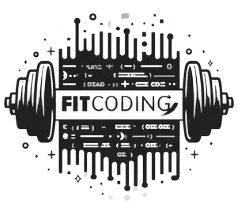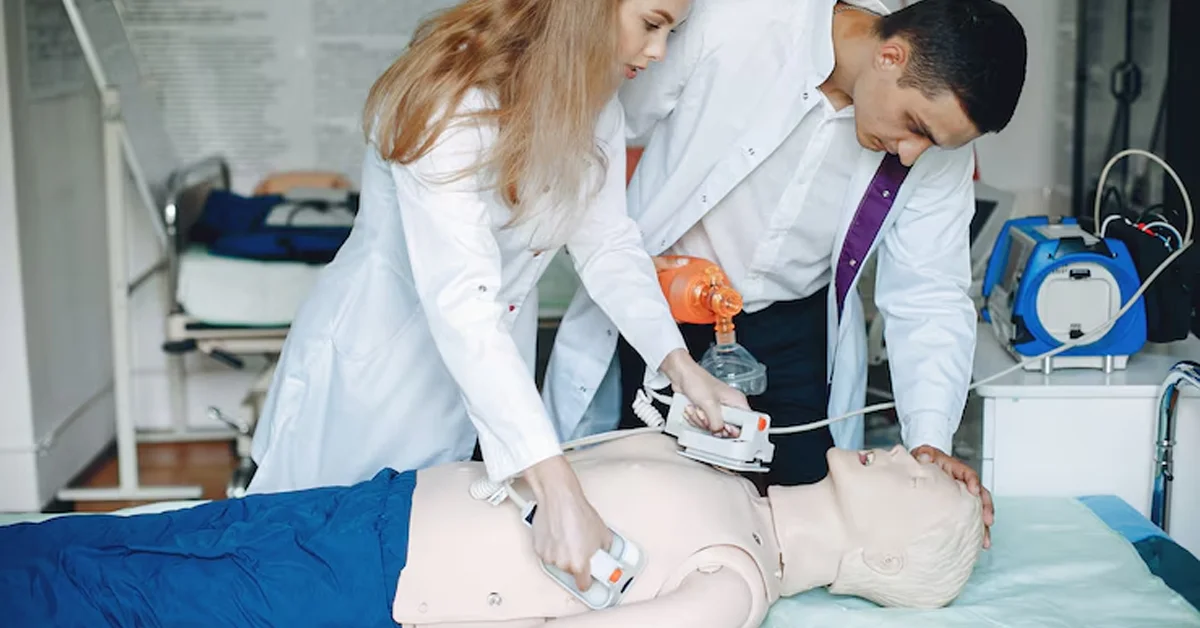The total number of cardiac arrests reaches half a million cases every year across the United States. Through its teaching of effective response strategies to healthcare providers, ACLS enhances survival outcomes. A medical professional who works in healthcare must maintain ACLS protocol knowledge because it directly enhances their ability to deliver quality emergency medical care.
Healthcare professionals enhance medical skills through CME to obtain up-to-date best practice information. The practical training system within ACLS instruction teaches critical life-saving competencies to students. The training program will develop your abilities to respond to heart emergencies and read ECG waveforms while implementing defibrillator use and advanced breathing tube procedures.
Understanding the relationship between ACLS training and CME requirements as well as its benefits for medical professionals is crucial in this analysis. Let’s explore.
What is a Step-by-Step ACLS Course?
Advanced Cardiovascular Life Support (ACLS) is a training program that teaches medical professionals how to handle heart emergencies. It covers both theory and hands-on skills, building knowledge step by step. Each lesson builds on the previous one, ensuring a structured learning experience.
A Step-by-Step ACLS Course Overview has five important elements that guide the educational framework. These include:
- Airway management and related pharmacology
- Effective communication and team dynamics during resuscitation
- Early recognition and intervention of stroke and acute coronary syndromes (ACS)
- High-quality CPR techniques
- Post-cardiac arrest care strategies
Healthcare professionals who follow a stepwise learning path acquire a better understanding of ACLS protocols while building their self-assurance to execute them in clinical environments.
The Importance of Continuing Medical Education (CME) in Healthcare
The healthcare industry keeps evolving as new clinical guidelines, technologies, and patient care protocols emerge. Medical professionals need to stay updated to provide the best care. That’s where Continuing Medical Education (CME) comes in. It helps doctors and healthcare workers keep up with current best practices and evidence-based treatments.
CME serves several important purposes:
- It keeps medical professionals informed about the latest advancements.
- It ensures they follow updated treatment guidelines.
- It helps them maintain key skills for patient care.
Adding Advanced Cardiac Life Support (ACLS) certification to CME programs strengthens emergency response skills. It also helps meet professional requirements for treating cardiac emergencies.
How a Step-by-Step ACLS Course Integrates Seamlessly with CME?
The advanced emergency response protocol named ACLS enables professionals to manage cardiac medical situations including stroke conditions and cardiac arrest. Healthcare professionals must acquire this certification to execute critical medical situations with satisfaction. Professional maintenance of their licenses requires clinicians to pursue CME credits immediately. Steps provided in modern ACLS training enable trainees to meet these goals. Medical practitioners benefit from up-to-date life-saving protocol knowledge through this program which grants them instant CME credits.
1. Step-by-Step Learning for Better Retention
ACLS training breaks down complex topics into smaller, structured lessons. This step-by-step approach makes it easier for healthcare providers to absorb and remember key concepts related to cardiovascular emergency care.
2. Hands-On Practice with Theory
The program combines classroom instruction with hands-on exercises. Participants practice resuscitation techniques, airway management, and medication protocols in realistic scenarios. This hands-on approach builds confidence and improves clinical skills.
3. Self-Paced Learning for Mastery
Learners go through each module at their own pace. This structure ensures they fully understand each topic before moving on to the next. It’s especially helpful for those balancing work and study.
4. Updated to Match AHA Guidelines
The course content stays aligned with the latest American Heart Association (AHA) ACLS guidelines. Regular updates keep healthcare providers informed and help them maintain their CME credits.
5. Flexible Training Options
Providers can choose from online, in-person, or blended learning formats. This flexibility allows them to complete their training while keeping up with their job responsibilities.
Career and Clinical Benefits of Including ACLS in CME
Adding Advanced Cardiovascular Life Support (ACLS) to Continuing Medical Education (CME) programs does more than just meet certification requirements. It helps healthcare professionals build the skills they need to handle high-pressure situations. This training boosts career growth and improves qualifications and leads to better patient care.
1. Improving Patient Care and Survival Rates
ACLS training prepares healthcare providers to handle emergencies like cardiac arrest, strokes, and arrhythmias. With this training, you can respond faster and make better decisions in life-threatening situations. It leads to higher survival rates and better overall care for patients.
2. Meeting Employer and Facility Requirements
Many hospitals and clinics require ACLS certification for staff in high-risk areas like the ICU, ER, and Cardiac Care Units (CCU). If you work in these departments, getting certified keeps you qualified for your role. ACLS courses also count toward Continuing Medical Education (CME), helping you maintain the credentials you need.
3. Advancing Your Career
Healthcare employers see ACLS certification as a sign of commitment to patient care and professional growth. Holding this certification can open doors to leadership roles and advanced positions. In a competitive field, it sets you apart and increases your career opportunities.
4. Keeping Your License Active
RNs, paramedics, and physicians must complete continuing education, including ACLS training, to renew their licenses in all U.S. states. ACLS courses break down complex medical concepts into structured, easy-to-follow lessons, ensuring you stay up to date-with the latest practices.
5. Building Confidence in Emergency Response
ACLS training strengthens your ability to think quickly and make important decisions under pressure. It also improves teamwork during medical emergencies. When you feel confident in your skills, you can provide better care and work more effectively with your team.
Why Step-by-Step Approach is Key for Effective ACLS Training?
ACLS incorporated in CME provides benefits which extend beyond basic certification requirements. The program helps medical practitioners develop their essential abilities which prove vital during urgent medical situations. The training initiative helps professionals develop further their skills while simultaneously advancing their career paths to increase their professional capabilities in patient care outcomes.
ACLS features multiple sophisticated protocols which healthcare providers need to execute swiftly when handling emergencies. Numerous healthcare providers find the process of mastering these skills to be quite daunting. Following step-by-step instructions helps students learn efficiently and enables them to keep information in their minds as well as implement it successfully in real-world applications.
1. A Better Learning Experience
A structured learning approach combines video lessons, lectures, simulations, and hands-on practice. This mix helps you engage with the material in different ways. Revisiting difficult topics multiple times also makes it easier to understand complex concepts.
2. Ongoing Assessment and Feedback
Step-by-step ACLS training includes regular feedback from instructors. They help you identify areas that need improvement so you can focus on refining specific skills before moving forward.
3. Hands-On Practice with Realistic Scenarios
Training with real-case simulations strengthens your clinical decision-making skills. It also prepares you to work efficiently in a team when responding to cardiovascular emergencies.
4. Better Long-Term Retention
Consistent practice and signal-based learning help you remember ACLS procedures. When an emergency happens, this training ensures you can act quickly and correctly.
The Role of ACLS in Continuing Medical Education
A step-by-step Advanced Cardiovascular Life Support (ACLS) course helps healthcare providers handle life-threatening emergencies. It builds on basic knowledge and teaches advanced skills like airway management, cardiac arrest response, and team communication. These courses combine hands-on practice with evidence-based guidelines, keeping medical professionals sharp and up to date with the latest emergency care protocols.
But ACLS training isn’t just about meeting certification requirements. It improves clinical decision-making and helps providers stay calm under pressure. The structured approach lets you build skills gradually, boosting both technical expertise and leadership in emergencies. As part of continuing medical education, ACLS courses prepare you for real-world scenarios, leading to better patient care in hospitals, clinics, and emergency settings.











